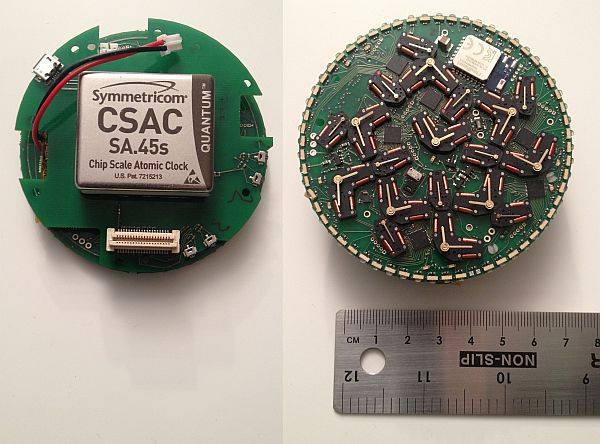
- Cesium 133 Clock


There are 52 isotopes and isomers of cesium with masses ranging from 112-148 (1). Cesium-133 is naturally occuring and is stable (2). Cesium-112 through 132 and 134 through 148 are artificially produced and are radioactive (2). CRC Handbook of Chemistry and Physics 86th Edition 2005-2006, Chart of the nuclides /and/ information booklet 16th ed. Mathtype equation for mac. Cesium-133 is the brainchild of a CMU STEM drop out and a UC Berkeley MSc graduate with a common interest in the global financial market. Netspot device installer for mac os x. Cesium (caesium) has the atomic number 55 (55 protons).Virtually all naturally occurring cesium has 78 neutrons (Ce-133).Trace and synthetic isotopes of cesium can have 79, 80, or 82 neutrons. Cesium is a naturally occurring element found combined with other elements in rocks, soil, and dust in low amounts. Naturally occurring cesium is not radioactive and is referred to as stable cesium.There is only one stable form of cesium naturally present in the environment,133Cs (read as cesium one-thirty-three). Nuclear explosions or the breakdown of uranium in fuel elements can produce two. Download free video youtube for mac.



Cesium 133 Clock
There are several radioactive isotopes of cesium ranging from cesium-114 to cesium-145. The radioactive isotopes have a wide range of half-lives ranging from about 0.57 seconds (cesium-114) to about 3X10+6 years (cesium-135). The radioactive isotopes cesium-137 and cesium-134 are significant fission products because of their high fission yield, their long half-lives, and their biochemical similarity to potassium. The fission yield of cesium-137 in nuclear reactions is relatively high, about 6 atoms of cesium-137 are produced per 100 fission events. Cesium-137 has a radioactive half-life of about 30 years and decays by beta decay either to stable barium-137 or a meta-stable form of barium (barium-137m). The metastable isotope (barium-137m) is rapidly converted to stable barium-137 (half-life of about 2 minutes) accompanied by gamma ray emission whose energy is 0.662 MeV. The first beta decay mode that forms barium-137m accounts for roughly 95% of the total intensity, while the second mode accounts for about 5%. Radioactive cesium-134 primarily decays to stable barium-134 by beta decay accompanied by gamma ray emissions or less frequently to stable xenon-134 by electron capture (EC) accompanied by a single gamma ray emission. The energy of the various gamma rays are in the range of 0.24-1.4 MeV.






